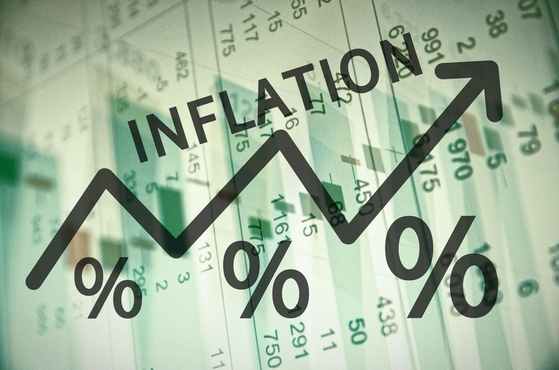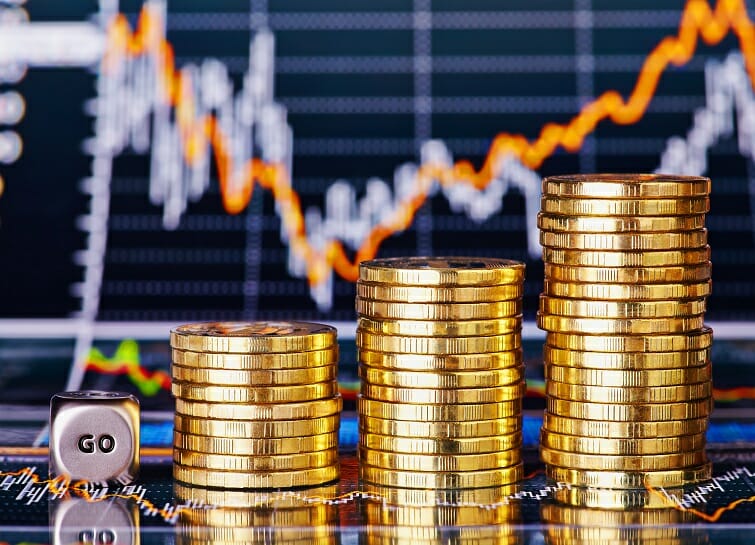The 2020 fiscal year has been one with unprecedented challenges- public health emergency leading to an economic crisis. As a consequence, the often-conflicting policy directions between addressing the public health crisis and the economic fallout of the pandemic have not been balanced.
A summary data provided by the Bank of Ghana covers the performance of macro-economic and financial indicators including: price developments; real sector indicators; foreign exchange rates (interbank); monetary indicators.
Considering the performance of each of these indicators, they show that the current health of the economy and brings to fore, areas of the economy that require an immediate surgery for recovery post-COVID.
Price Developments
This captures the changes in inflation rates (persistent rise in general price levels) of the country from October 2019 to October 2020.
The national year-on-year inflation took an undulating path throughout the period with the lowest levels in 2019: 7.7 percent in October and 7.9 percent in December. Inflation levels rose from 7.8 percent in March, 2020 and peaked in July 2020 at 11.4 percent, when the restrictions were eased and economic activities could resume in a new normal climate. Year-on-year inflation dipped again in August and closed October with 10.1 percent.
Food and non-food inflation had an average of 7.1 percent and 8.4 percent on a year-on-year basis in 2019. Year-on-year food inflation paced up to a record high of 15.4 percent in May and saw declines from June to October by 1.2 percentage points, maintaining double-digits since April, 2020. Meanwhile non-food inflation remained relatively low with single digit inflation throughout the period under review with a low of 8.2 percent in October 2019 and a high of 9.9 percent in August 2020.
Month-on-month inflation as at 2019 averaged 0.3 percent for October and December and peaked in April, 2020 at a rate of 3.2 percent. However, inflation levels started declining to as low as -0.4 percent in August and -0.2 percent in September 2020. Food and non-food inflation on a month-on-month basis have relatively been low with current levels at 0.1 percent and 0.3 percent respectively.

Real Sector Indicators
Furthermore, quarterly data presented on the overall real GDP growth underperformed in the wake of the COVID-19 in the first two quarters of 2020 from 42.5 percent in the first quarter to 38.7 percent in the second quarter. Thus, showing a decline of about 300 basis points as compared to that of the last two quarters of 2019 with GDP growth rates of 41.5 percent and 42.6 percent respectively, increasing by 110 basis points.
Overall GDP (including oil & excluding oil) saw sluggish growth in the second quarter of 2020 with a negative growth of -3.2 percent and -3.4 percent respectively. This is anticipated as global prices of oil significantly dropped thereby, largely reducing oil revenues in the second quarter.
Sectoral shares of real GDP growth rate also saw declines in all the three major sub-sectors of the economy; Agriculture, Industry and Services. Agriculture’s share to GDP increased in the last two quarters of 2019 by 0.9 percentage points only to experience an immediate fall in share of 2.8 percent in the first quarter of 2020, and continued on with a further decline to 2.5 percent, indicating a fall of 30 basis points.
The industry’s sub-sector also experienced a negative trend in growth within the first two quarters of 2020. This sub-sector saw the least growth amongst the three. The first quarter share of GDP declined to 1.5 percent from 5.4 percent in the preceding quarter. The second quarter experienced negative growth of -5.7 percent. This is partly attributed to the break down in supply chain linkages when imports and exports of goods were halted and air travels were banned in major trading hubs such as China and the US.
The services sub-sector declined slightly by 2.5 percentage points in the first half of 2020 from a share of 11.0 percent in the last quarter of 2019. However, the sector’s share of GDP declined sharply in the second quarter of 2020 with a negative growth rate of -2.6 percent. This was expected in this quarter due to the partial lockdown that the country experienced and the decline in economic activities (fall in demand for services) as a result of the COVID-19 scare.

Money Market Rates and Foreign exchange Rates
Pre-COVID, the Bank of Ghana set the monetary policy rate to 16.0 percent, but was revised in March 2020 to 14.5 percent in response to the COVID-19 shock. This new policy rate has been maintained throughout the period in conjunction with the relaxation of other regulatory measures by the BoG. According to BoG, the financial sector responded appreciably well with these new instruments and remained resilient, although banks’ operating costs skyrocketed.
Consequently, the interbank rates averaged 13.55 percent and 15.71 percent between March 2020 and October 2020. The 91-day Treasury bill hovered around 13.95 percent and 14.05 percent while the 81-day Treasury bill maintained an interest of 15.17 percent from January to March and then began declining to as low as 14.02 percent in May 2020.
To a large extent, the cedi depreciated against the three major trading currencies (Euro, dollar and pound). The year-to-date exchange rate (GHC/USD) depreciated from April 2020 to November. The worst performance of the cedi against the dollar was -3.1 percent in both October and November 2020. Although prior to March, 2020, the cedi depreciated at as high as -12.9 percent.
Similarly, the year-to-date exchange rate appreciated against the pound from March until July with a rate of 6.0 percent in May.
However, from July 2020, the cedi began depreciating against the pound to November with its worst performance in August (-3.7%). The currency’s depreciation against the Euro was the largest throughout the period, with a current rate of -8.1 percent as at November 2020.





















